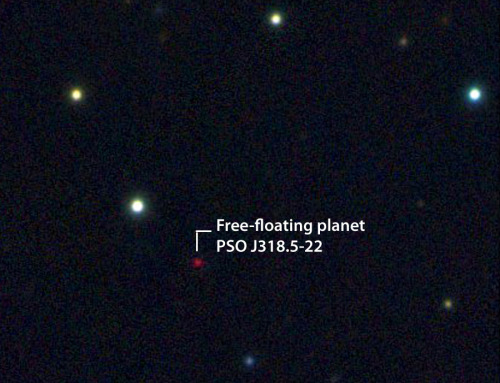spaceplasma:Blurring the lines between stars and planets: Lonely planets offer clues to star formati
spaceplasma:Blurring the lines between stars and planets: Lonely planets offer clues to star formationAstronomers including Niall Deacon of the Max Planck Institute for Astronomy (MPIA) captured an image of an unusual free-floating planet. As the object has no host star, it can be observed and examined much easier than planets orbiting stars, promising insight into the details of planetary atmospheres. Can an object with as low a mass as this have formed directly, in the same way that stars form? Independent observations by a group led by MPIA’s Viki Joergens suggest that this is the case: They discovered that a similar but much younger free-floating object is drawing material from its surrounding just like a young star. This has important consequences for star formation models in general.Things used to be so simple. On the one hand, there were stars: gigantic incandescent nuclear furnaces, emitting substantial amounts of light. On the other hand, there were planets, with much lower masses than stars, reflecting their host stars’ light. Stars formed from the collapse of gigantic clouds of gas; planets formed in disks of gas and dust around their nascent host stars. In between there was the somewhat more ambiguous class of brown dwarfs: an intermediaries between planet and star, more massive than a planet, but with insufficient mass for nuclear fusion to ignite in the object’s core, turning it into a star. Now, two new discoveries have blurred the border between these kinds of object even further, as they show that free-floating objects with planet-like masses very likely form like stars.Full ArticleCredit: PS1 Science Collaboration/MPIA / V. Ch. Quetz -- source link
Tumblr Blog : spaceplasma.tumblr.com

